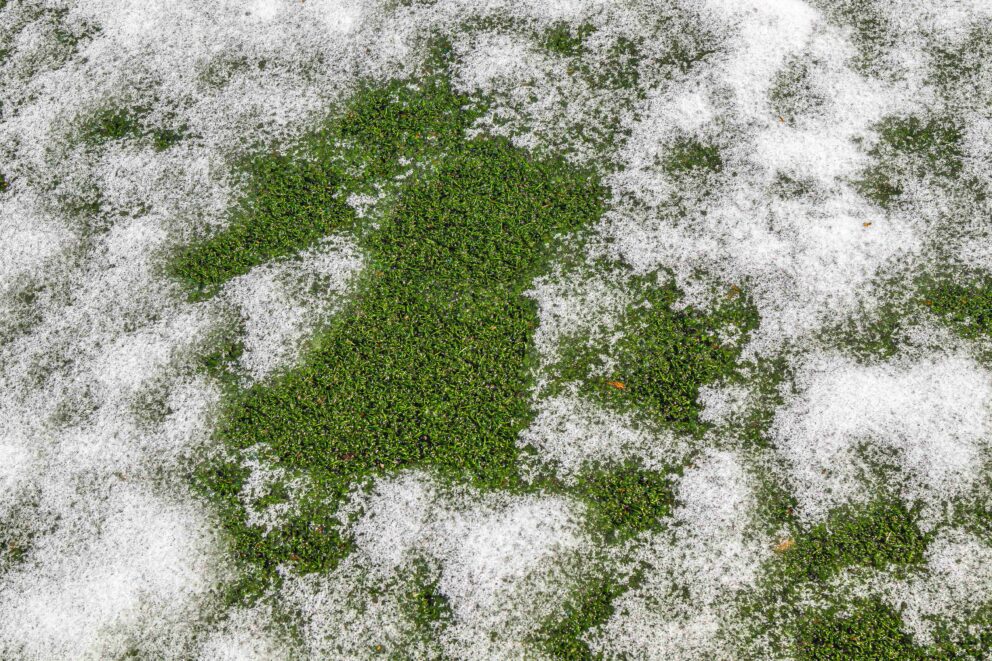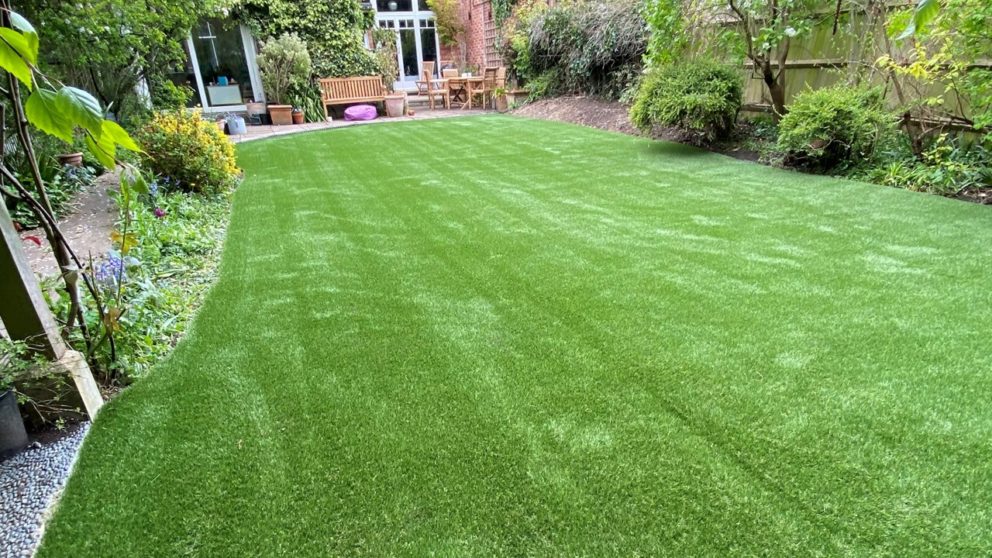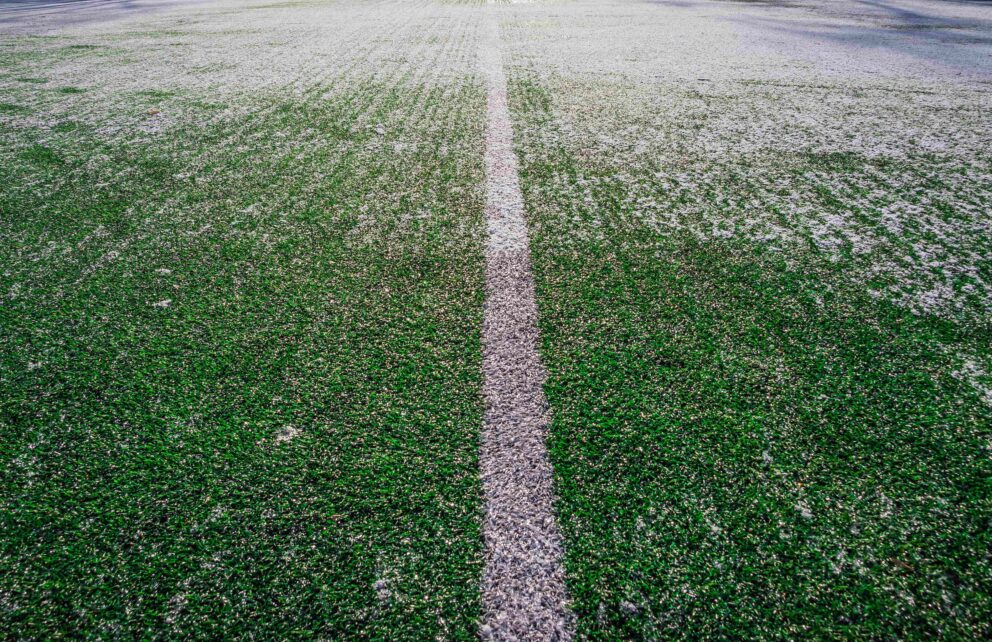Benefits of Artificial Grass in Winter
Before we delve into the maintenance tips, let’s first explore why artificial grass is a great choice for winter landscapes. Here are some key advantages:
- Year-round Resilience: Unlike natural grass, artificial turf remains green and vibrant throughout the winter, providing a beautiful backdrop for your outdoor space, regardless of the temperature or weather conditions.
- Minimal Maintenance: Artificial grass requires significantly less maintenance compared to natural grass. With proper care, you can enjoy a pristine lawn without the hassle of mowing, watering, or fertilizing, even in winter.
- Durability: Artificial grass is designed to withstand harsh weather conditions, including frost, snow, and ice. It is resistant to damage and maintains its appearance, ensuring that your lawn remains attractive and functional throughout the year.
Now that we’ve highlighted the benefits of artificial grass in winter, let’s dive into the essential tips for maintaining your artificial turf during the colder months.
Clear Debris and Prepare Your Lawn
Before winter sets in, it’s important to clear any debris from your artificial grass. Leaves, twigs, and other organic matter can accumulate on the surface, leading to potential issues such as moss growth or hindering drainage. Use a plastic rake or leaf blower to remove any debris, ensuring that your lawn is clean and ready for the winter season.
Brush the Blades
Winter weather can cause the blades of your artificial grass to flatten or mat down. To maintain the natural look and feel of your lawn, it’s essential to regularly brush the blades during the winter months. Using a soft-bristle broom, gently brush the surface in different directions to restore the upright position of the fibres. This simple step will help your lawn look fresh and well-maintained.
Check for Nails and Secure the Turf
Extreme temperature fluctuations during winter can affect the nails or fasteners used to secure your artificial grass to its base. Before winter arrives, inspect your lawn to ensure that it is firmly secured. If you notice any loose or missing nails, replace them promptly to prevent any shifting or movement of the turf.
Protect Your Lawn from Frost or Snow
While artificial grass is designed to withstand frost and snow, it’s still important to take precautions to protect your lawn during extreme cold spells. Here are some guidelines to follow:
- Avoid Walking on Frozen Grass: Walking over frost on your grass grass can make the blades brittle and prone to damage. It’s best to minimize foot traffic on the lawn during freezing temperatures.
- Use a Plastic Shovel: If you need to remove snow from your artificial lawn, opt for a plastic shovel instead of a metal one. Metal shovels can easily damage the fibres of the grass, leading to permanent marks or tears.
- Let Snow Melt Naturally: In most cases, it is best to allow snow to melt naturally from your artificial grass. The drainage system of fake grass is designed to effectively remove water, ensuring that your lawn remains in optimal condition.
- Avoid Using Chemicals: Refrain from using chemicals, such as salt or ice-melting agents, on your synthetic grass. While they may help melt snow faster, they can potentially damage the materials and interfere with the drainage system. Opt for natural methods of snow removal whenever possible.
Maintain Proper Drainage
Proper drainage is crucial for the longevity and performance of your artificial grass, especially during the winter months when snow and ice can accumulate. Ensure that the drainage system is clear and unobstructed to allow melted snow or rainwater to flow freely. Regularly check the drainage outlets and remove any debris or blockages that may hinder the water flow.
General Artificial Grass Care Tips
While winter maintenance is essential, it’s also important to follow general care tips for artificial grass throughout the year. Here are some additional guidelines to keep in mind:
- Regular Cleaning: Regularly remove any debris, dirt, or leaves from your artificial grass using a plastic rake or leaf blower. This will prevent organic matter from decomposing on the surface and potentially causing issues.
- Occasional Deep Cleaning: Every few months, consider giving your artificial grass a deep clean to remove any stubborn stains or residue. Use a mild household cleaner diluted in water and gently scrub the affected areas. Rinse thoroughly with water to ensure all cleaning solutions are removed.
- Avoid Heat Sources: Keep in mind that artificial grass can be sensitive to heat sources such as hot ashes, cigarettes, or fire pits. Avoid placing these items directly on the lawn to prevent any damage or melting of the fibres.
- Regular Inspections: Periodically inspect your artificial grass for any signs of damage, such as tears, fraying, or loose seams. Promptly address any issues to prevent further damage and maintain the integrity of your lawn.
By following these winter maintenance tips and general care guidelines, you can ensure that your artificial grass remains in excellent condition throughout the year, even during the coldest months.
Artificial grass offers numerous advantages in winter, including its resilience, low maintenance requirements, and durability. By taking proactive steps to protect and maintain your artificial turf during the winter months, you can enjoy a beautiful and functional lawn all year round.
Whether it’s clearing debris, brushing the blades, or ensuring proper drainage, these simple maintenance practices will help preserve the appearance and performance of your artificial grass. So, embrace the winter wonderland without worrying about the impact on your artificial lawn, and enjoy the benefits of a vibrant, hassle-free outdoor space.
To shop for artificial grass, click the button below.





